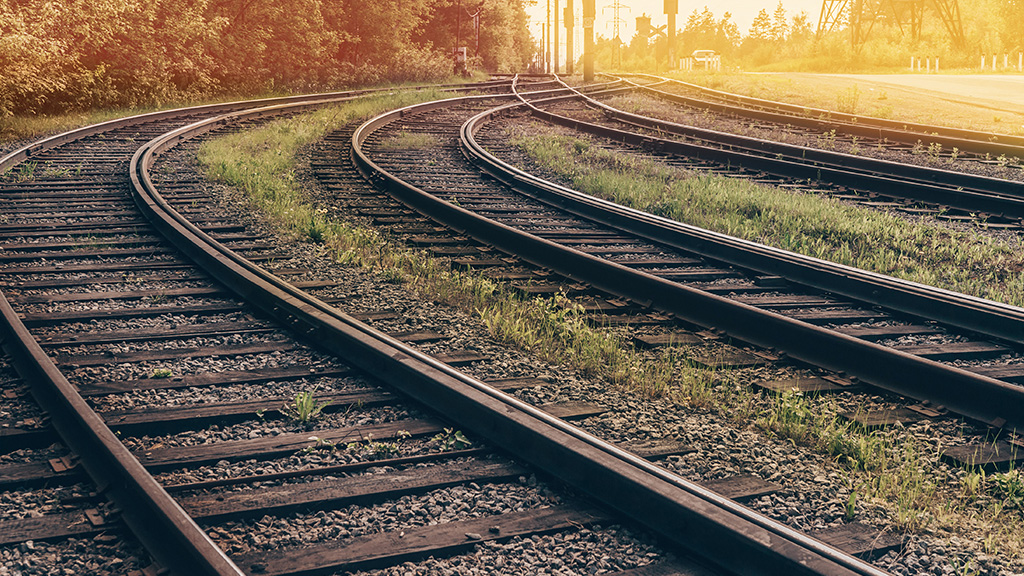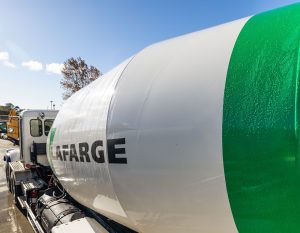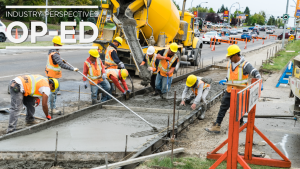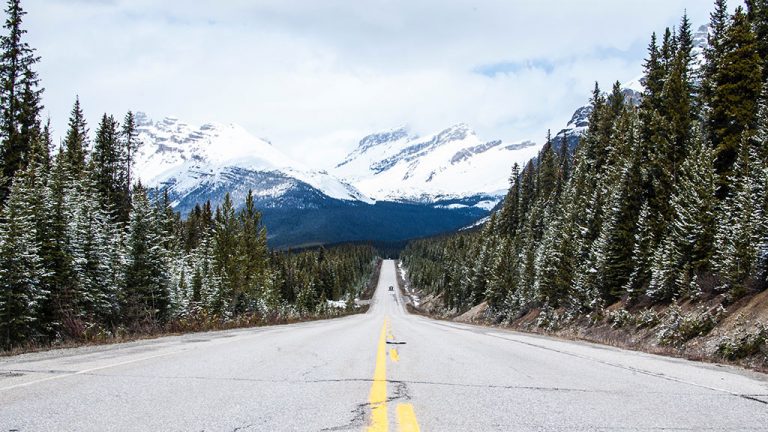Supply chains and their broken links are becoming commonplace for the construction industry.
One vulnerable link is Canada’s aging, and sometimes remote infrastructure, including rail and bridges.
In early October, a rail bridge in Alberta’s northwestern Peace River region was partially burned, cutting off a vital Canadian National Railway line which handles roughly four per cent of all crops harvested in Western Canada.
Greg Sears, who farms 2,500 acres near Grande Prairie, Alta., relied on the line to get 90 tonnes of his canola, worth about $75,000, to port.
Despite rumours it might take up to five weeks to repair the single-track line, Sears said it took just over one week, with service restored on Oct. 13. The cause of the fire remains under investigation, according to CN spokesperson Jonathan Abecassis.
Sears, who is also chair of the Alberta Wheat Commission, says there isn’t a lot of transparency by Canada’s two rail operators when it comes to their infrastructure and how it’s managed.
“They have a tremendous responsibility to the Canadian public, being essentially in monopoly positions,” Sears says. “They can do a better job with communications.”
Around the same time as the bridge fire, the final report of the National Supply Chain Task Force 2022 was released (Oct. 6).
Prepared for the Ministry of Transport, the report, entitled Action Collaboration Transformation (ACT), acknowledged Canada’s transportation supply chain is near a breaking point while at the same time natural resources like minerals, potash, energy and grains are in high demand.
Analysis by Deloitte estimated from 2020 to 2070, the country will need to invest roughly $88 billion each year ($4.4 trillion) in marine and transportation infrastructure to meet population and GDP growth.
The co-chair of the task force says since the 1980s, investment in infrastructure has not matched population growth, GDP and trade expansion.
“We’re now at the point where investment’s not keeping up,” says Louise Yako, a transportation/logistics expert.
Regarding Canada’s rail system, it’s a duopoly, with Canadian National and Canadian Pacific the dominant players. A duopoly is not a good situation when it comes to infrastructure.
“We need supports for shippers and rules for railways to best support the national public interest and growth of trade,” Yako says. “Railways play a very integral role in Canada’s supply chain.”
Added to the investment shortfall, is that much of Canada’s rail and bridge structures are aging.
A 2018 Statistics Canada report found 30 per cent of Canada’s local road and rural highway bridges were in poor or very poor condition. And 53 per cent of them were more than 50 years old. As well, the year of construction was unknown for 48 per cent of local road or rural highway bridges.
In Alberta, which has the second most bridges (9,400) in Canada after Ontario (15,534), a bridge over the Athabasca River, 200 kilometres north of Edmonton, is at risk of collapse, but the local government, which is responsible for the bridge cannot afford to replace it.
Built in 1944, the replacement price would be approximately $70 million.
Similar situations exist across Canada.
Weather events are increasingly affecting supply chains, with B.C. rail service walloped twice in 2021. In July, wildfires blocked rail lines to Vancouver, reducing operations by 30 per cent and representing $163-million per day in blocked shipment values. In November, flooding in B.C. hindered the rail movement of goods valued at more than $170-million each day.
Rail companies use internal resources to build and maintain rail infrastructure and hires external contractors when needed, according to Abecassis.
This year in B.C., CN replaced 111 miles of rail and rebuilt 37 road crossing.
In Alberta, it replaced 45 miles of rail and rebuilt 56 road crossings.
In Saskatchewan, 25 miles of rail were replaced and 23 road crossings were refurbished.
And in Manitoba, 10 miles of rail and 12 road crossings were rebuilt.
When the ACT task force met with stakeholders, key themes regarding rail infrastructure included the need for greater investment, including building more rail connections to Canada’s ports and airports; expanding and twinning rail lines to increase capacity and ease congestion; and constructing more rail infrastructure/hubs outside of inner urban areas.
In addition to supporting Class 1 railways, infrastructure investment is also needed for short line railways, which provide vital first-mile/last-mile rail services that connect customers and rural economies to global markets.











Very well researched and written. Infrastructure needs to be kept up in Western Canada. I would like to see infrastructure reports in manufacturing provinces of Quebec and Ontario.